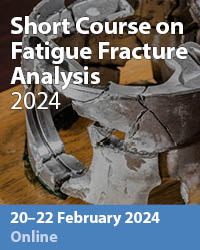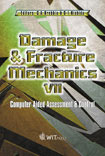Comparative Study Of Tunnel Face Stability
Price
Free (open access)
Transaction
Volume
37
Pages
Published
2002
Size
502 kb
Paper DOI
10.2495/DM020161
Copyright
WIT Press
Author(s)
P Procházka & J Vacek
Abstract
The discrete element methods (DEM) are very often used in mechanics of granular media. They substitute the methods solving continuum. The DEM enables researchers to find local discontinuities in displacements, propagation of cracks, etc., although the location of such disturbances is not known in advance. This is why the principal idea of the DEM is used in this paper, and 3D balls being in mutual contact in the undeformed state are used. The rigid balls are elastically connected in the beginning of deformation, then the interfacial boundary conditions between adjacent particles are obeyed and are the reason for jumps in displacements. Considering the most, of particles are of the same, or a similar shape, very powerful iterative procedures can be applied, and the relevant geometrical properties can be stored in the internal memory of computers. So far, two- dimension formulation and solution has been presented in couple of papers, while the SD model is considered here. The problem formulated in terms of ball particles enables one to simulate the nucleation and the way of propagation of cracks in the rock mass in the neighborhood of tunnel heading. The cracking of the rock can be described in such a way that the local damage may be derived. Also, local deterioration of the material can be seen from the pictures, drawn for particular examples. Many kinds of applications require time dependent behavior of the material, the structure is created of. Visco-plastic, behavior of materials in some applications has been used. A special loading is considered in this paper: short purchase is considered in both experimental and numerical models. Additional loading is then increasingly applied on the terrain.
Keywords





